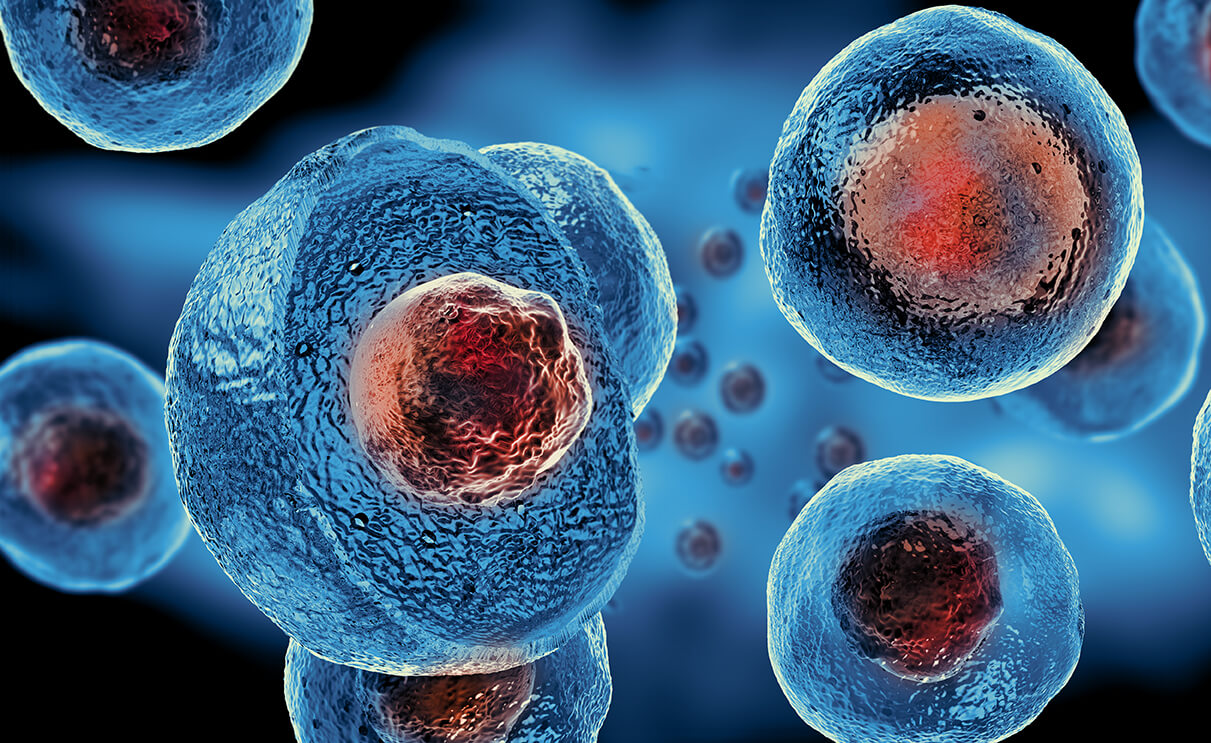For the past few decades, stem cell therapy has been a potential cure-all for many diseases and injuries. And while there have been some promising clinical trials, the reality is that stem cell therapy is still very much in its infancy. In this article, we’ll look at stem cell therapy, how it works, and the current state of the science.
What Are Stem Cells?
Stem cells are primitive cells that can differentiate into any other cell type in the body. This means that they have the potential to repair or replace damaged tissue. There are two main types of stem cells: embryonic stem cells and adult stem cells.
Embryonic stem cells are derived from human embryos and can differentiate into any cell in the body. However, they are also considered to be pluripotent, meaning that they have the potential to develop into a whole organism, not just individual cells. This makes them very difficult to control and makes them unsuitable for use in humans.
On the other hand, adult stem cells are derived from adult tissues and are considered multipotent, meaning that they can only differentiate into a limited number of cell types. However, they are much easier to control than embryonic stem cells and are therefore the type used in most stem cell therapies.
What Is Stem Cell Therapy?

Stem cell therapy uses stem cells to treat various diseases and injuries. Stem cell therapy aims to replace damaged or dysfunctional cells with healthy, functioning cells. In theory, this should allow the body to heal itself.
How Does Stem Cell Therapy Work?
The first step in stem cell therapy is harvesting the stem cells from the patient’s body or a donor. The stem cells are then purified and injected into the patient’s bloodstream.
Once the stem cells are in the bloodstream, they will travel to the site of injury or disease and begin to differentiate into healthy cells. This process can take weeks or even months, and the results are often not immediately apparent.
What Is the Current State of Science?
Some clinical trials have tested the efficacy of stem cell therapy, but the results have been mixed. Some trials have shown promising results, while others have failed to benefit.
The Impact of Stem Cell Therapy

The potential impact of stem cell therapy is enormous. If the science can be perfected, it could potentially be used to treat various diseases and injuries. At the moment, however, stem cell therapy is still in its early stages, and a lot of work needs to be done before it can be widely used. Nevertheless, the potential is there, and stem cell therapy is something to watch out for in the future.
The Bottom Line
The bottom line is stem cell therapy is that it’s still very much in its infancy. There have been some promising clinical trials, but the science is still far from definitive. If you’re considering stem cell therapy, talk to experts at Houston Spine & Regenerative Medicine. They will be able to help you understand the current state of the science and whether or not stem cell therapy is right for you.

